Back in June 2018, I couldn’t contain my excitement at capturing my first Hawk-moth! It was a striking Poplar Hawk-moth with distinctive scalloped wings and attractive pinkish, velvet-like sheen. Fast-forward almost a year to April and I feel as thrilled at having captured the equally impressive and beautiful Lime Hawk Moth – Mimas tiliae. When I say captured I should make it clear that I only keep moths for a short while and then release them into some nice dense vegetation where they don’t get gobbled up by the first bird that comes along. I prefer to release moths in the evening so that they don’t have long to wait for nightfall.
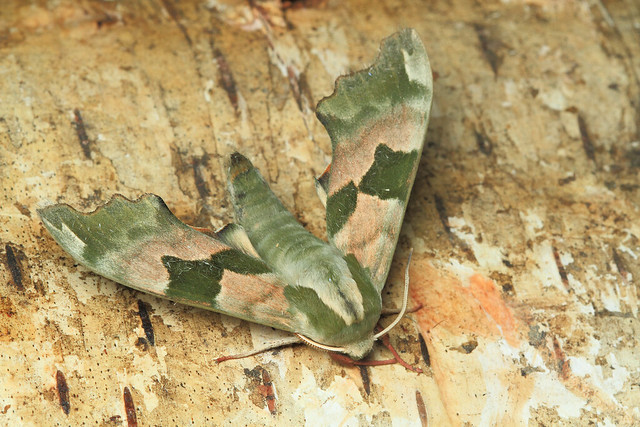
This is one of my favourite moths with its jungle green camouflage and beautiful shades of pink being very attractive features.
Canon EF100mm f/2.8 Macro USM / f14 / 1/250 / ISO 400.
The wing shape, markings, pink and green colour make the Lime Hawk moth easy to identify. Butterfly Conservation state that, ‘adults can be seen between May and early July’. So I was fortunate at having captured this lovely specimen as early as April. Like the Poplar Hawk moths, the Lime Hawk Moths often come to light. However, this particular specimen was not caught in my moth trap but was spotted by my son Daniel, basking in the glorious spring sunshine while resting on an outside garden wall. They can also be found on tree trunks and lime foliage.
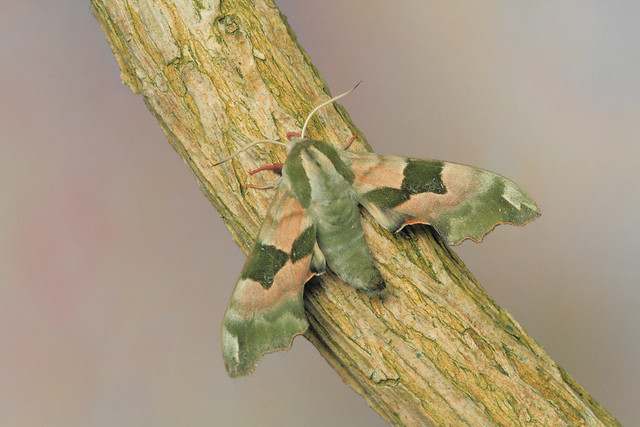
For more naturalistic and aesthetically pleasing shots I transferred the Lime Hawk moth to a shrub branch in my back garden.
Canon EF100mm f/2.8 Macro USM / f14 / 1/250 / ISO 400.
The Lime Hawk moth caterpillar is green with a yellow stripe and has a blue horn, but, when it is ready to pupate, its colour changes to a purplish-grey. It wanders around looking for a site to pupate in; this is when it is most often seen, crawling down Lime tree trunks, or on pavements (often squashed). It overwinters as a pupa on loose litter near the larval foodplant.
Like some other Hawk Moths, the Lime Hawk moth does not feed and its sole purpose is to find a mate. Its large, dense body will give it the sustenance needed to fly large distances in search of a female. Sadly it will inevitably either die from hunger or more than likely becomes prey to some hungry bird.
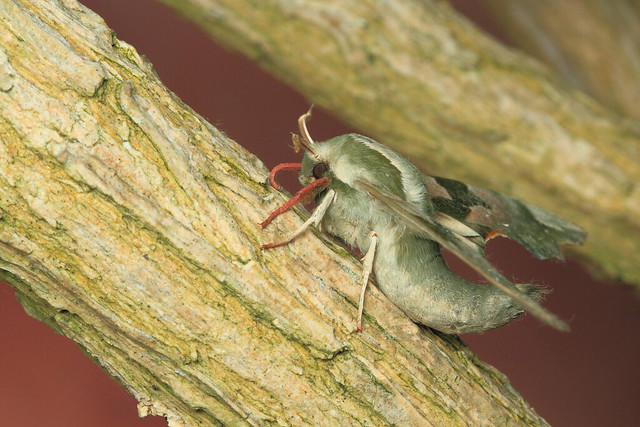
The curved abdomen and green colouration is a clear diagnostic of the male.
Canon EF100mm f/2.8 Macro USM – f14 / 1/250 / ISO 400
While its large body brings some benefits it does also have some disadvantages when compared to smaller moths. Having a large body requires the release of more energy during flight and while resting Hawk moths also need longer to warm up their metabolism. This makes them more docile in the early morning hours than smaller moths and hence with care easier to photograph. A sure telltale sign that they are about to fly off is when they start vibrating their wings. This helps them to generate sufficient heat to warm their wing muscles enough to be able to take flight.
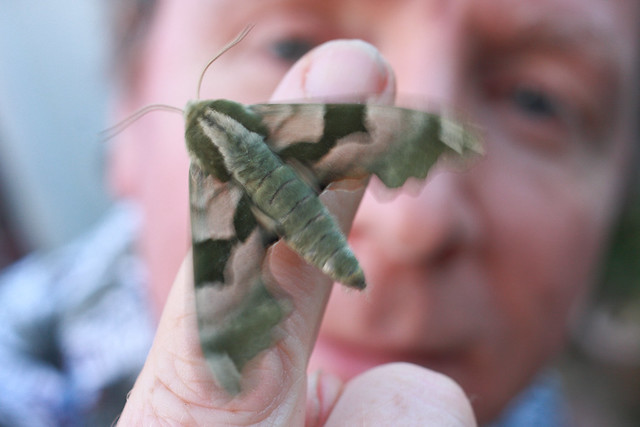
A sure telltale sign that they are about to fly off is when they start vibrating their wings.
Tokina 35mm Macro / f5.6 / 1/40 / ISO 400.
The Hawk moths large bodies are conspicuous and so easily spotted – not a good survival strategy. As a counter balance to this they have evolved very effective camouflage. For example, the Poplar Hawk Moth’s scalloped wings blend in nicely against fallen leaves and the Lime Hawk moth’s jungle patches of green, brown and pink blend beautifully against tree-trunks and foliage. Furthermore, the back edge of the wing is scalloped to aid camouflage.
When disturbed, some Hawk Moths (Poplar Hawk Moth and Eyed Hawk Moth) will flash their hind wings to reveal a pair of threatening eye-spots, just enough mimicry to perhaps fool predators into thinking that the spots of the intended victim might belong to an equally ferocious predator!

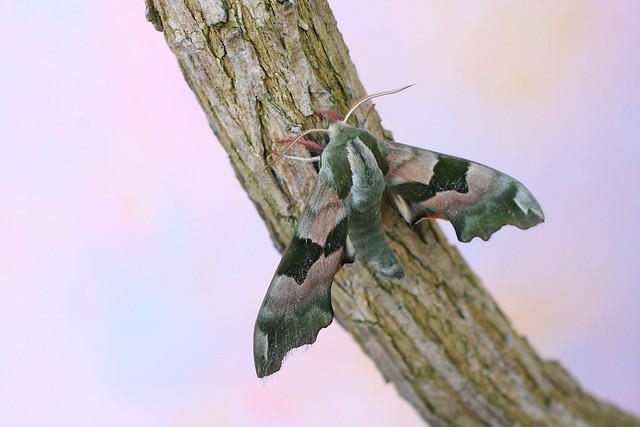
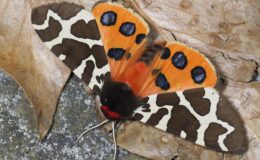
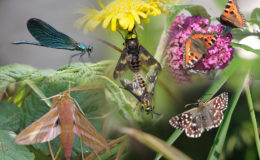
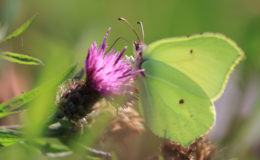
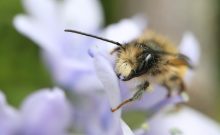
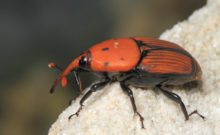
Leave a Comment